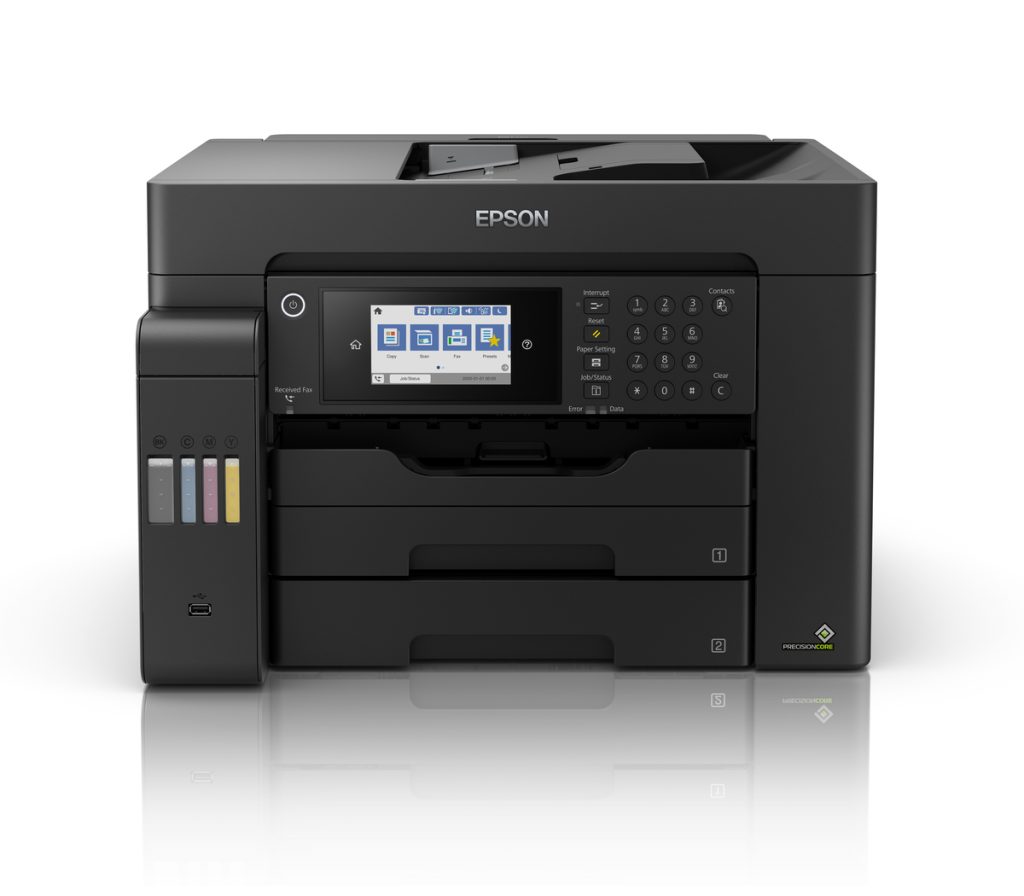Prior to the Xerox machine, the process of making duplicate copies of documents was quite, to put it mildly, a bit of a kerfuffle. From carbon paper smudges to duplicators made of spirit, the process was labor-intensive and messy.
Chester Carlson, a patent attorney in 1938, invented the photocopier. The method he employed was electrophotography, which involved a zinc plate with an optically sensitive surface, sulfur powder, and dazzling light.
Chester Carlson xerography
Chester Carlson, in 1937 began to explore a new idea of how to copy documents. Since high school, the tinkerer had been a prolific inventor, and kept sketchbooks full of ideas. He was employed in a variety of ways to provide for his disabled parents and young family, including cleaning the floors of the printing business.
Carlson wanted to discover a low-cost and easy method of duplicate papers. Photostats and mimeographs needed costly chemicals, as well as special paper. Carlson wanted to create an instrument that could make multiple copies, without the need for master.
Carlson After many experiments in the kitchen, invented a technique that uses static electricity to transfer images from one piece of paper to another. In 1942, he registered the electrophotography method. In the between, he knocked on the doors of a number of large corporations to seek financial support to develop his idea. He was rejected by GE and RCA.
Carlson enlisted the aid of Battelle Memorial Institute which agreed to represent him and to pay for his additional research. The institute had honed his technique in 1945, and named it xerography. The word “xerography” comes from Greek words meaning dry and writing. The name was changed to Xerox in 1948. The multi-billion-dollar industry of copier production was created.

Development of photocopiers and the evolution of photocopiers
Although the advent of digital technology has eliminated photocopiers in a few industries, they remain a vital element of office equipment for numerous businesses. The copy machine is among the most commonly used machines in the entire world. The history of the copy machine tells an interesting story of technological innovation.
Chester Carlson was an American patent lawyer and physicist, who developed the first photocopier designed to swiftly make copies of documents. Before Carlson’s invention, multiple copies had to be created manually or distributed to be duplicated using a photographic device. Carlson tried electrophotography which later became known as xerography. The method he used created an image using static electricity. The method was initially referred to as electrophotography but was renamed”xerography” after the Greek words xeros (dry) and graphein (to write).
The first copy machines made by Carlson looked like photocopiers of today, but they had only a limited function. Thue may photocopy hcm had a photoconductive material that was placed inside of the hollow cylinder. A tiny current was applied to the surface. It is usually an iron drum. When the document is positioned on the drum, mirrors reflect light off the paper to the drum’s photoconductive surface. Anywhere the paper touches the drum, the image is copied. The resulting copy is then glued to a sheet of paper.
Xerox 914 first photocopier
In 1959, Xerox introduced the 914 which was the first machine to copy plain paper. It revolutionized offices. The Xerox machine was a major project, taking over 10 years to create and costing a lot. Xerox chose to rent the machine instead of selling it, allowing them to create long-term annual revenues. Customers would pay monthly fee of $25 to lease the machine, and purchase paper and ink (toner) for 5 cents each. This model was very popular because it was based on customer service.
Chester Carlson began experimenting in 1938 with a method of transfer of images onto paper using static electricity. Also, he used dry powder. The process he developed was dubbed “electron photography” but, after consulting a linguist, he decided to change the name Xerography which means “dry writing” in Greek. The name was registered in 1948 and Xerox began manufacturing the machines that were later branded as photocopiers.
In the 1960s-70s, Xerox dominated copy machines and made photocopying a commonplace device, such as the Swingline stapler and Bic pen. However the antitrust laws and the rise of new companies caused the company’s focus to shift in the 1980s. Xerox wanted to move beyond the mere manufacture of hardware to becoming an acknowledged partner in information management, delivering digital services to businesses and other technologies. In spite of these changes however, the Xerox brand is still an iconic brand and is one of the most famous brands in America.
Digital copiers development
While the digital copier industry has made tremendous strides following the Chester Carlson cooking experiment in the kitchen, it isn’t without its difficulties. For instance, the widespread use of machines for copying has resulted in a rise of intellectual property-related issues and also concerns over bright light exposure. Security measures and better technology can help to solve these issues. Additionally, digital copiers are also able to offer greater capabilities by connecting to offices networks and integrating into document management systems.
Carlson’s method, which he called “electrophotography” (meaning dry writing) was an instant hit and was soon followed by the Haloid Company. It was this company that commercialised the Xerox 914, one of the first ever copier machines that hit the market.
Nowadays, digital copiers are an essential part of modern offices. The ability to create copies in only minutes has greatly increased the efficiency. Digital copiers also allow users to save documents as images following scanning. Images can be saved, printed or emailed to a friend, or even stored.
Although analog copiers are beginning to lose their appeal, they continue to be employed in certain situations or in regions where advanced technology is not widely available. However, the push towards digitization and multifunctionality has made sure that digital copiers remain a favorite of all businesses in the world. There are copiers in many styles, from small and compact to large, heavy-duty.